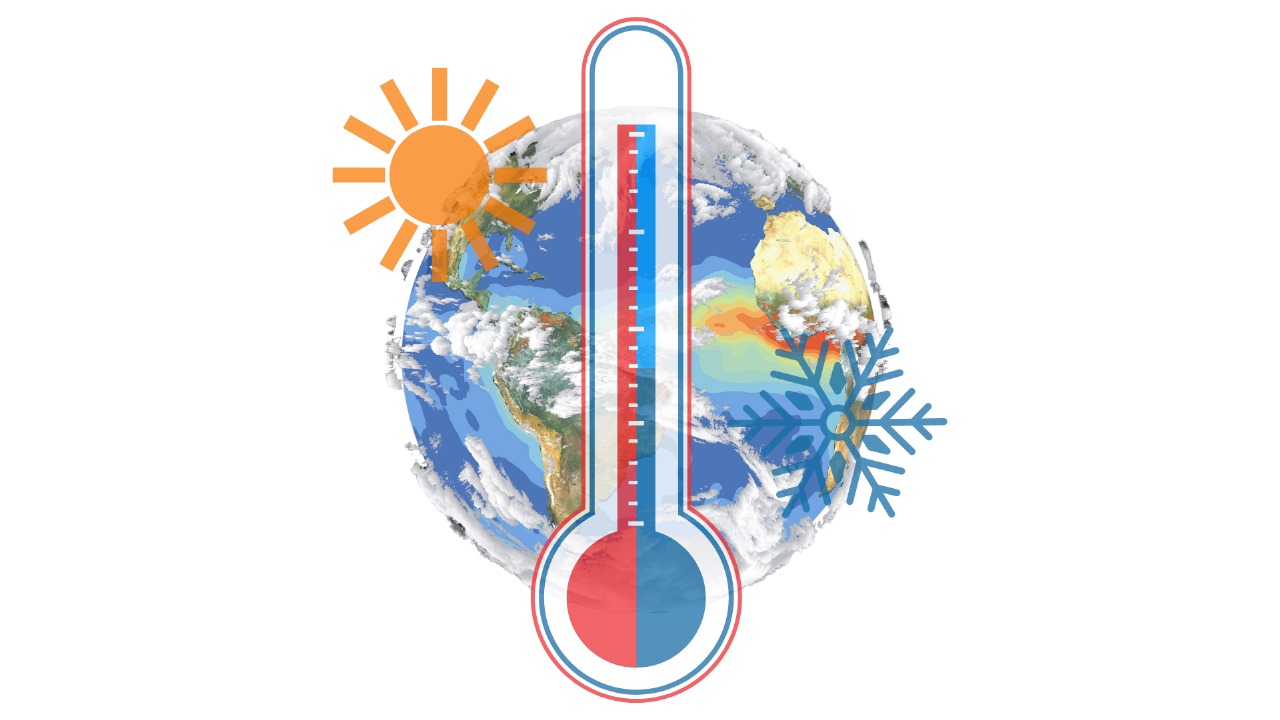Slow ocean dance with the atmosphere:
Environmental
2024/07/10

Slow
ocean dance with the atmosphere:
Air temperature and ocean temperature
A permanent heat
exchange exists between the atmosphere and the ocean, where air temperature
affects ocean temperature and vice versa. For sure! The relationship between weather temperature (AST) and
ocean temperature (SST) is important for understanding the climate
system on Earth. Here's the outline of this relationship:
Air heats the ocean:
- Heat exchange:
- When the air temperature is
higher than the ambient temperature, heat is transferred from the air to
the water.
- When water molecules in the
ocean are heated, the water evaporates, and exchanges heat with the
surrounding air, similar to how a warm cup of coffee heats the ambient air.
- Evaporation
from the ocean increases air temperature and humidity, forming clouds and
precipitation.
- Feedback Loops:
- Higher ambient temperatures
lead to increased evaporation, affecting cloud coverage and precipitation
patterns.
- Changes in cloud coverage
affect the amount of solar light reaching the Earth's surface, further
affecting weather and ocean temperatures.
Moderate Ocean
Effect:
- High heat capacity of water: Water has a much higher heat capacity than air, meaning it takes more
energy to raise its temperature, which is why the oceans act as a giant
heat reservoir, reducing air temperature fluctuations in coastal areas.
- Slower to change: Compared to air, ocean
temperatures change more slowly due to the sheer volume of water and the
mixing of surface and deep layers.
- Ocean currents:
- Ocean currents play a big
role in global heat redistribution.
- Warm currents (such as the
Gulf Stream) transfer heat from low to high latitudes, affecting the
temperature of the weather.
- Cold currents (such as Peru)
also exchange heat, affecting ambient and atmospheric temperatures.
Exact mismatch:
- Uneven heating: Air temperature does not
uniformly affect ocean temperature; factors such as currents, rising
(deeper, colder water rising to the surface), and wind patterns lead to
differences in ocean temperatures.
- Delayed impact:
- Seasonal changes:
- Ocean temperatures respond to
changes in air temperature late; therefore, a hot summer may cause ocean
temperatures to rise significantly in the subsequent season.
- In warmer months, persistently
high air temperatures contribute to ocean warming, which is particularly
evident in shallow coastal waters.
Impact of climate
change:
- Rising air temperatures: Global warming, driven by
rising air temperatures, is gradually increasing average ocean
temperatures as well, and this has serious consequences for marine
ecosystems, weather patterns and sea level rise.
In short, the interaction between the ocean and the atmosphere is complex, as atmospheric and ocean temperatures are formed by heat exchange, ocean currents, and feedback loops.
El Niño and La Niña phenomena greatly affect
the relationship between weather temperature and ocean temperature. Let's
take a look at the effects:
1. El Niño:
o Occurs
when surface water in the tropical Pacific Ocean becomes warmer than average,
and easterly winds are weaker than normal.
o Leads to
increased weather temperature and impact on climate systems worldwide.
o May cause
severe storms, mild weather, drought or flooding.
2. La Niña:
o Occurs
when the water is colder than average in the calm tropical ocean, and the
easterly winds are stronger.
o Leads to
cooling weather and adverse effects on climate systems.
o May cause
dehydration in certain areas and less rainfall.
In addition to direct impacts on weather, these phenomena also affect food supplies, prices, wildfires, and economic and political outcomes.
Understanding
the relationship between air temperature and ambient temperature is essential
to:
- Marine life protection: Knowing how ocean
temperatures affect marine life helps scientists predict and manage the
impacts of climate change.
- Weather forecast: Ocean temperatures affect
weather patterns, so accurate data is essential for weather forecasting
models.
- Safe diving: Divers consider air and
water temperature when planning a dive for safety and comfort.
Through scientific research to study this dynamic, we gain a deeper understanding of our planet's complex climate system.











